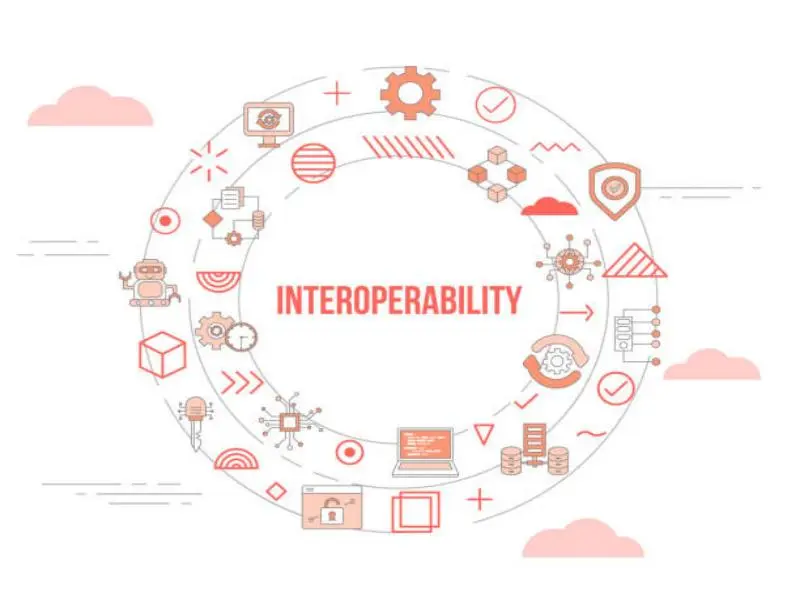- Communications interoperability involves different systems and devices connecting seamlessly to exchange information.
- In today’s fast-paced and interconnected world, where communication plays a critical role in personal and professional interactions, communications interoperability is more important than ever.
Communications interoperability is a vital aspect of modern communication systems. By promoting seamless connectivity, enabling efficient data exchange, and enhancing collaboration, interoperable communication systems play a key role in improving communication efficiency, productivity, and overall effectiveness. As technology continues to advance and communication networks become more complex, the importance of communications interoperability will only continue to grow, shaping the way we communicate and interact in our interconnected world.
What is communications interoperability
Communications interoperability is the capability of different communication systems and devices to connect and exchange information seamlessly. This concept is vital for ensuring effective communication and collaboration across diverse platforms and networks, regardless of their individual protocols or technologies.
In today’s fast-paced and interconnected world, where communication plays a fundamental role in daily interactions, the importance of communications interoperability cannot be overstated.
Also read: 5 ideas from Sergey Gorbunov on blockchain interoperability
How communications interoperability works
Communications interoperability functions through a combination of standardisation, interoperability solutions such as middleware, APIs, and gateways, and a focus on cross-platform compatibility. By adhering to common standards and protocols, diverse communication systems can effectively interact. Additionally, interoperability solutions act as bridges between various technologies, enabling seamless communication. Cross-platform compatibility ensures that communication applications and services are designed to operate across multiple platforms and devices, promoting flexibility and connectivity in the communication landscape.
Why communications interoperability matters
Enhanced coordination: Interoperability allows different entities to coordinate effectively, which is crucial during emergencies or large-scale operations where multiple agencies are involved.
Improved public safety: It’s a critical factor in public safety, enabling first responders to communicate without barriers, potentially saving lives.
Cost-effectiveness: Organisations can save on the costs associated with developing and maintaining separate communication systems by adopting interoperable solutions.
Scalability: Interoperable systems can grow with an organisation’s needs, allowing for the integration of new technologies without the need for complete infrastructure overhauls.
Innovation: By breaking down barriers, interoperability encourages innovation, as developers can create applications and services that work across various platforms.
Resilience: In the event of a system failure, interoperability ensures that there are alternative communication pathways, enhancing the robustness of communication networks.
Also read: The basics of structured cabling in networking
Challenges to achieving interoperability
Achieving interoperability faces several challenges that must be carefully navigated. The technical diversity of existing systems, including a range of technologies and proprietary platforms, often complicates the process of enabling seamless communication between different networks and devices. Additionally, security risks are a significant concern; as systems become more interconnected, they also become more vulnerable to breaches, requiring sophisticated security measures to safeguard data and maintain trust.
Furthermore, regulatory hurdles can impede progress, as existing legal and policy frameworks may not fully support the implementation of interoperable systems. Updating these frameworks to accommodate the needs of a more integrated technological landscape is crucial for advancing interoperability. Addressing these challenges is essential for the successful integration of systems and the realisation of a secure, efficient, and resilient communication infrastructure.
The future of communications interoperability
As we move towards a more connected future with the advent of 5G and the Internet of Things (IoT), the importance of communications interoperability will only grow. It will be essential for the smooth functioning of smart cities, connected vehicles, and other IoT applications.

